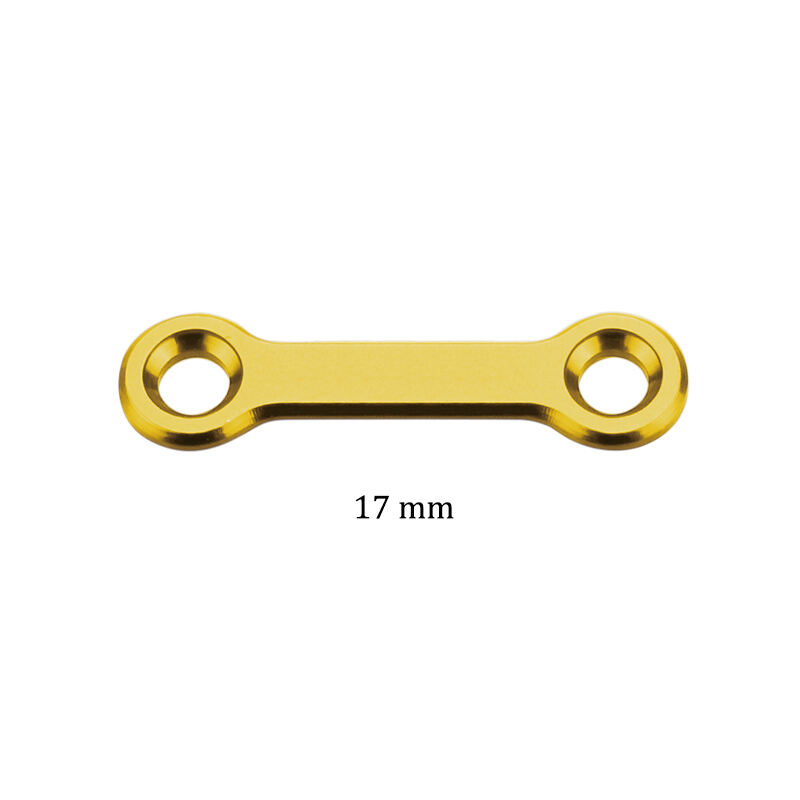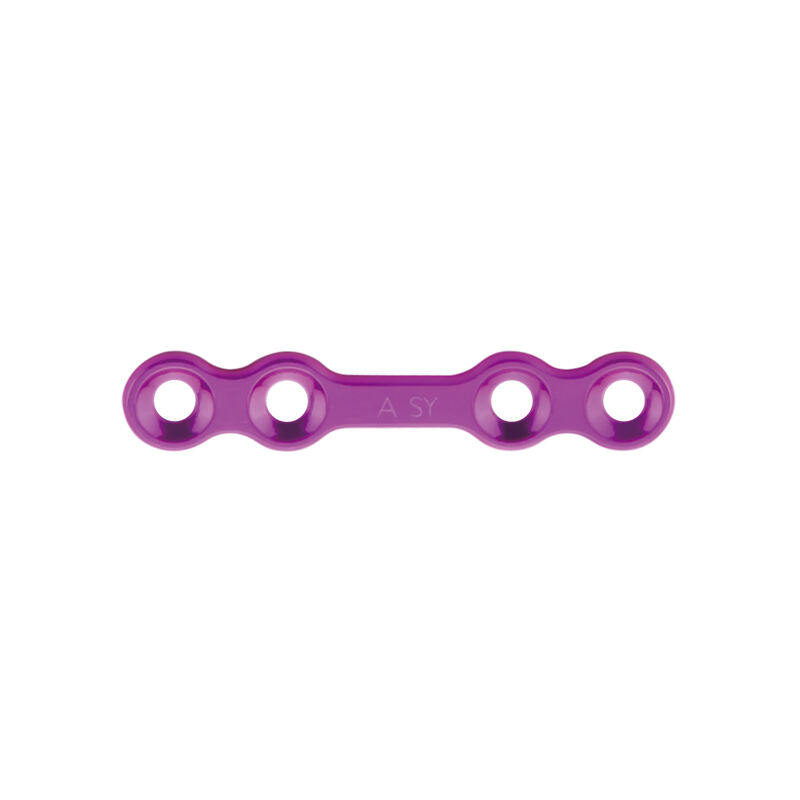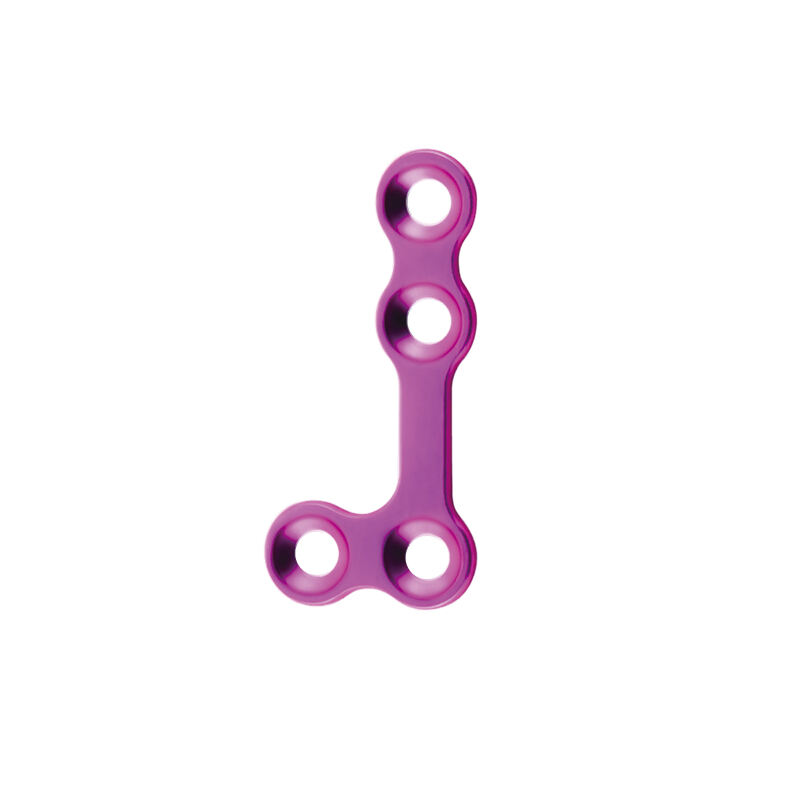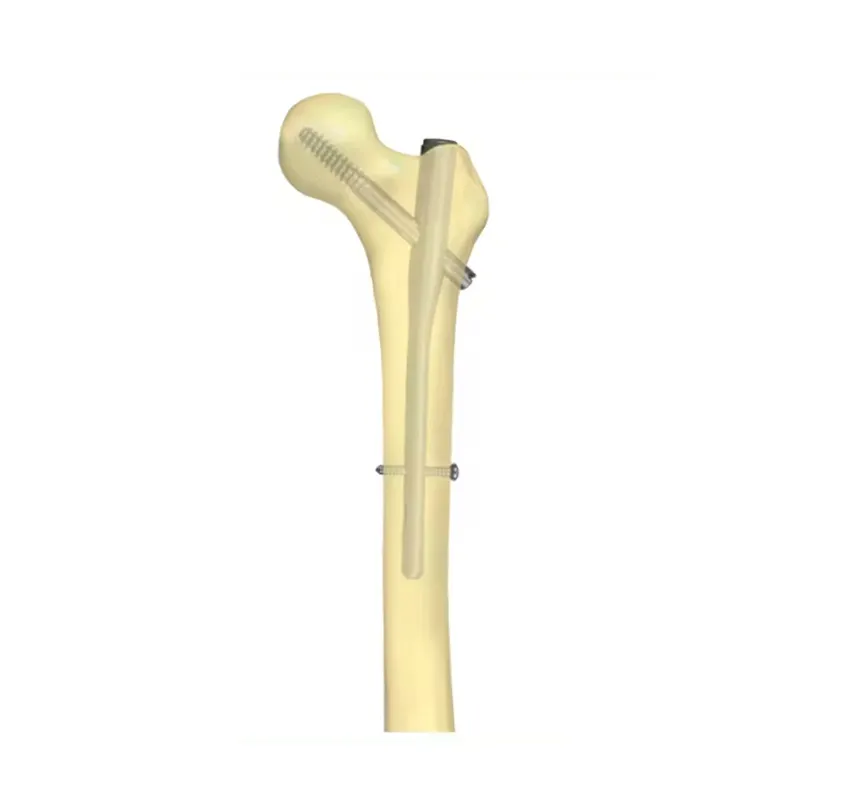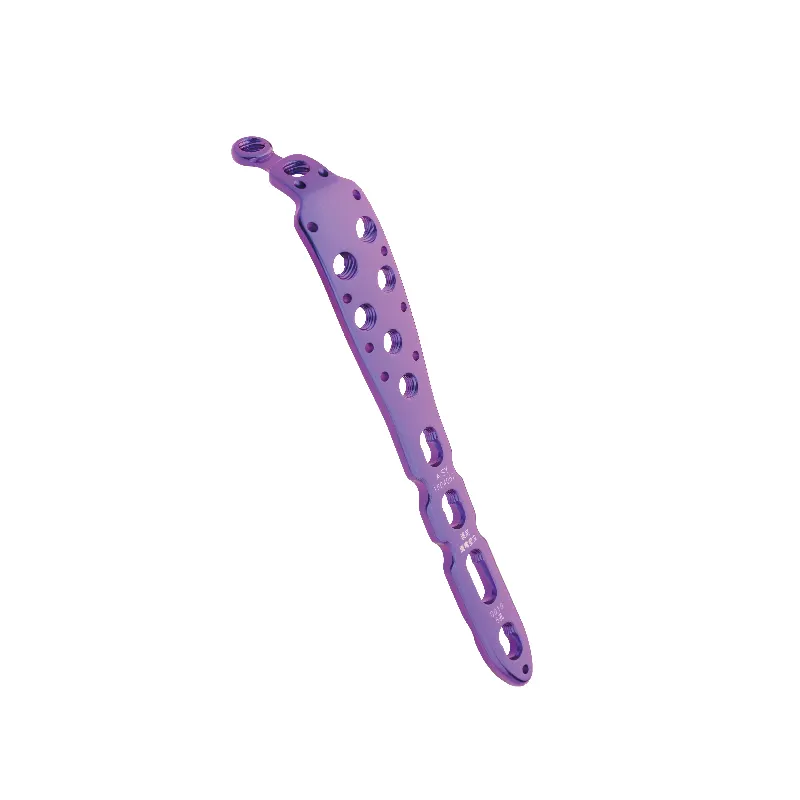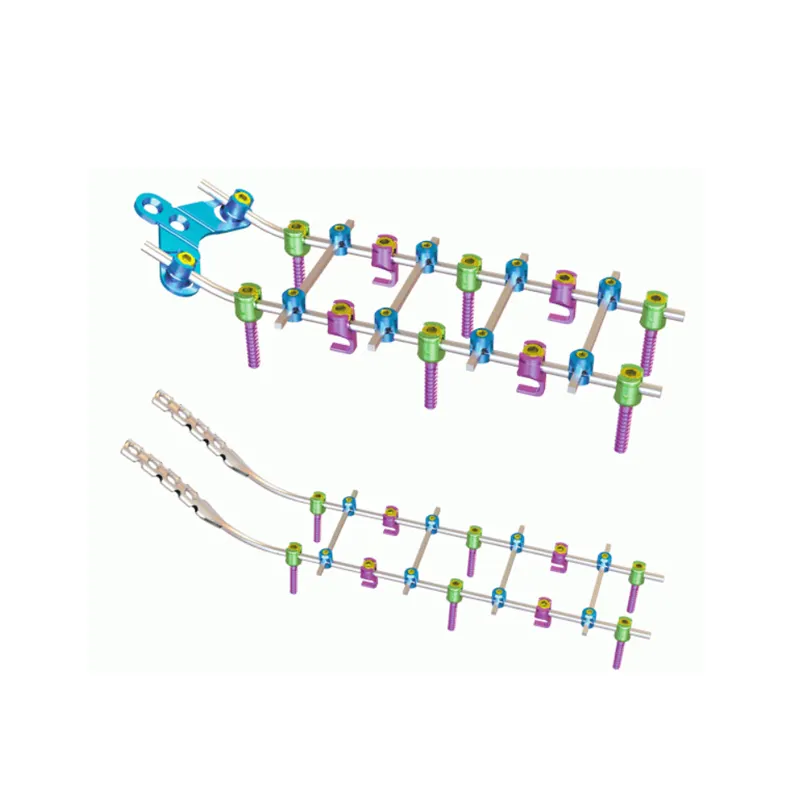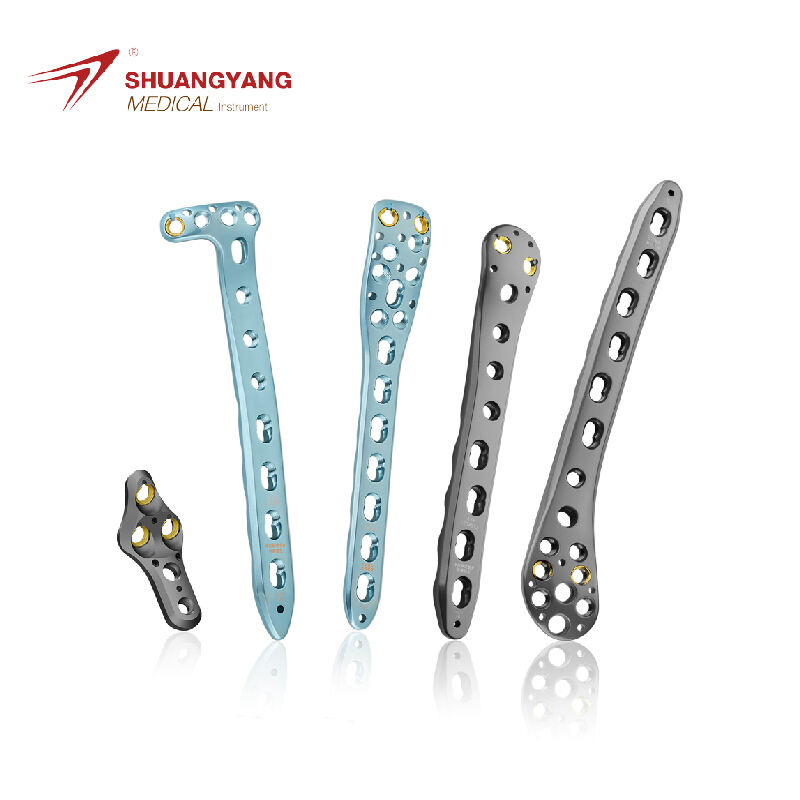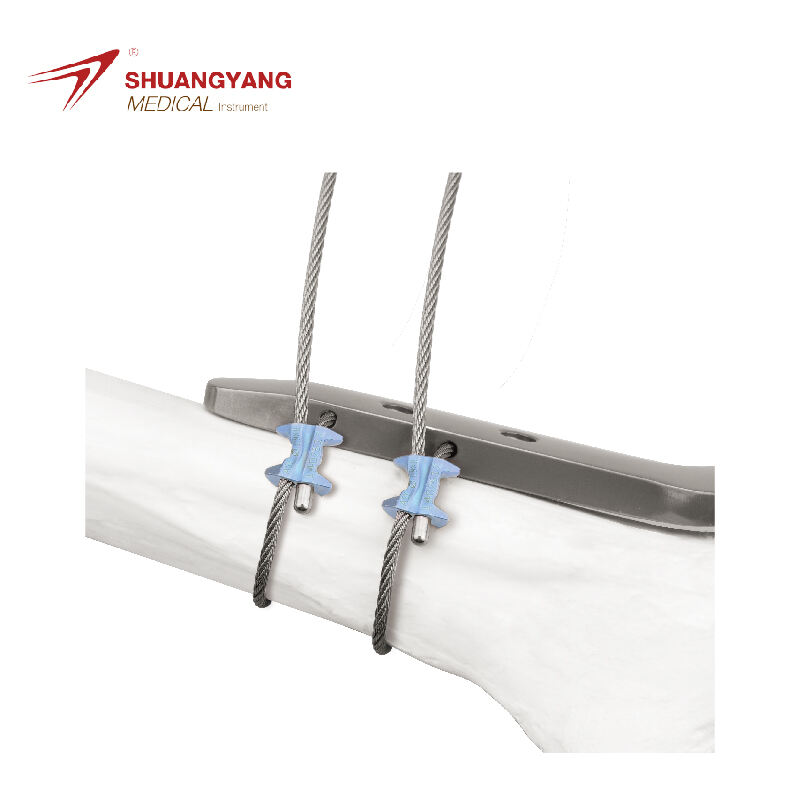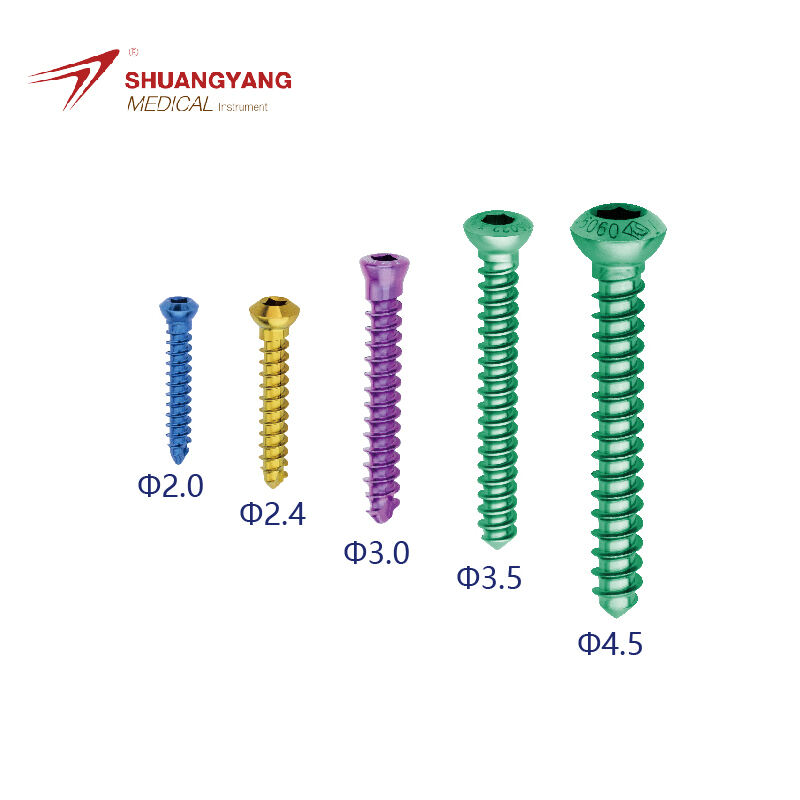distal tibia medial plate
The distal tibia medial plate is a specialized orthopedic implant designed to stabilize fractures of the tibia's lower end. This medical device is crafted to mimic the anatomical structure of the distal tibia, ensuring a precise fit. Its main functions include maintaining the alignment of the bone while it heals and providing support to withstand the forces exerted during everyday activities. Technological features of the distal tibia medial plate include a low-profile design to minimize soft tissue irritation, biocompatible materials that reduce the risk of allergic reactions, and a locking screw system that enhances stability. This plate is commonly used in the surgical treatment of tibial pilon fractures, ensuring a quicker recovery and a higher chance of restoring normal ankle function.
 EN
EN
 FR
FR
 ES
ES
 AR
AR

